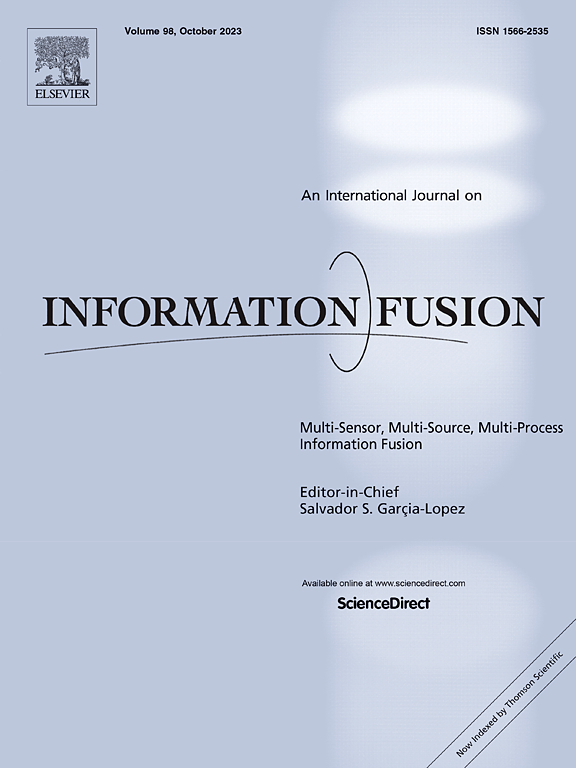STATIC-LIO: A sliding window and terrain-assisted dynamic points removal LiDAR Inertial Odometry
IF 14.7
1区 计算机科学
Q1 COMPUTER SCIENCE, ARTIFICIAL INTELLIGENCE
引用次数: 0
Abstract
With the development of diverse Light Detection and Ranging (LiDAR) sensors, LiDAR-based localization and mapping has become an essential issue in the fields of robotics and autonomous driving. However, the moving object in dynamic environments often introduces errors in LiDAR localization and leaves undesirable traces in the point cloud map. In this work, we propose a novel LiDAR inertial odometry (LIO) framework named STATIC-LIO, Sliding window and Terrain AssisTed dynamIC points removal LiDAR Inertial Odometry, which fuses the geometric, terrestrial, and motion information to enhance the localization and mapping performance. The terrestrial information is extracted through a fast progressive ground segmentation module designed to be compatible with various LiDARs. With the assistance of the terrestrial information, an online dynamic point voting mechanism is proposed to determine the motion information and remove the dynamic points in a point-wise manner. The ground segmentation and dynamic points removal modules are coupled within the sliding window-based STATIC-LIO framework to estimate odometry by leveraging geometric correspondences from ground and static points. We extensively evaluate the proposed framework on both public and real-world datasets encompassing a variety of LiDAR types. The experimental results demonstrate the effectiveness of STATIC-LIO across various datasets and applications, showcasing its superior accuracy by reducing localization errors by up to 92.4% compared to the state-of-the-art LIO framework.
静态lio:滑动窗口和地形辅助的动态点去除激光雷达惯性里程计
随着各种光探测和测距(LiDAR)传感器的发展,基于LiDAR的定位和测绘已经成为机器人和自动驾驶领域的一个重要问题。然而,动态环境中的运动物体往往会给激光雷达定位带来误差,并在点云图中留下不良痕迹。在这项工作中,我们提出了一种新的LiDAR惯性里程计(LIO)框架,称为静态LIO,滑动窗口和地形辅助动态点去除LiDAR惯性里程计,它融合了几何,地面和运动信息,以增强定位和映射性能。地面信息提取通过一个快速渐进的地面分割模块设计,以兼容各种激光雷达。在地面信息的辅助下,提出了一种在线动态点投票机制,以逐点方式确定运动信息并去除动态点。地面分割和动态点去除模块在基于滑动窗口的static - lio框架内耦合,通过利用地面和静态点的几何对应来估计里程。我们在包含各种激光雷达类型的公共和现实数据集上广泛评估了拟议的框架。实验结果证明了STATIC-LIO在各种数据集和应用中的有效性,与最先进的LIO框架相比,它通过减少高达92.4%的定位误差来展示其优越的精度。
本文章由计算机程序翻译,如有差异,请以英文原文为准。
求助全文
约1分钟内获得全文
求助全文
来源期刊

Information Fusion
工程技术-计算机:理论方法
CiteScore
33.20
自引率
4.30%
发文量
161
审稿时长
7.9 months
期刊介绍:
Information Fusion serves as a central platform for showcasing advancements in multi-sensor, multi-source, multi-process information fusion, fostering collaboration among diverse disciplines driving its progress. It is the leading outlet for sharing research and development in this field, focusing on architectures, algorithms, and applications. Papers dealing with fundamental theoretical analyses as well as those demonstrating their application to real-world problems will be welcome.
 求助内容:
求助内容: 应助结果提醒方式:
应助结果提醒方式:


